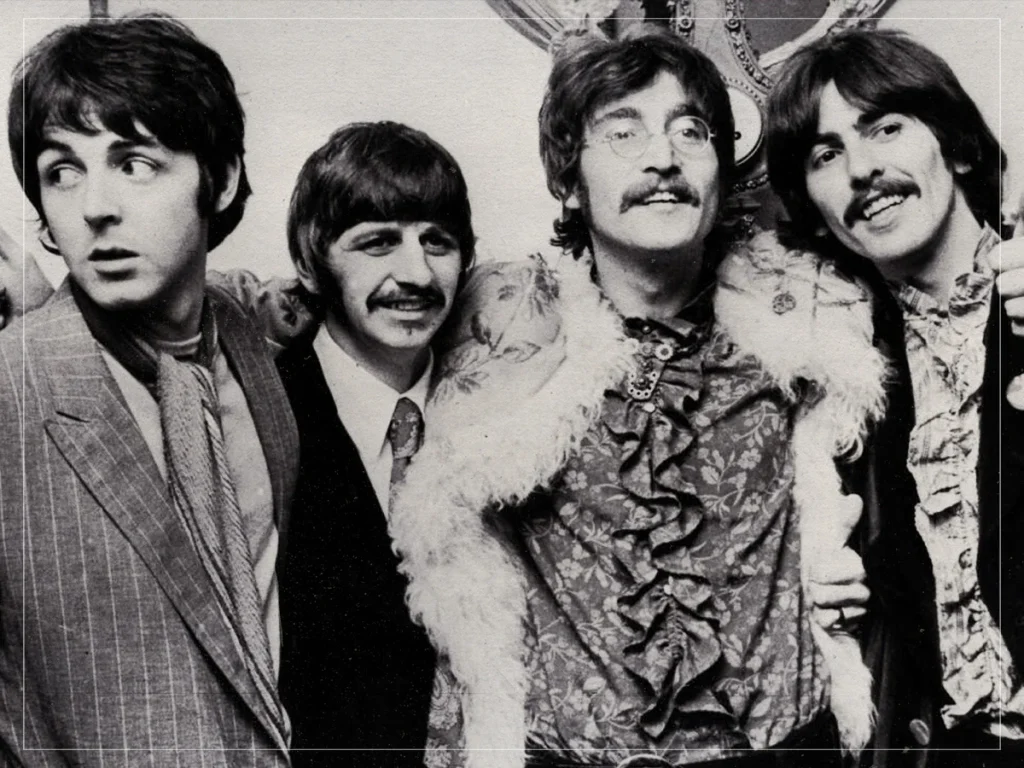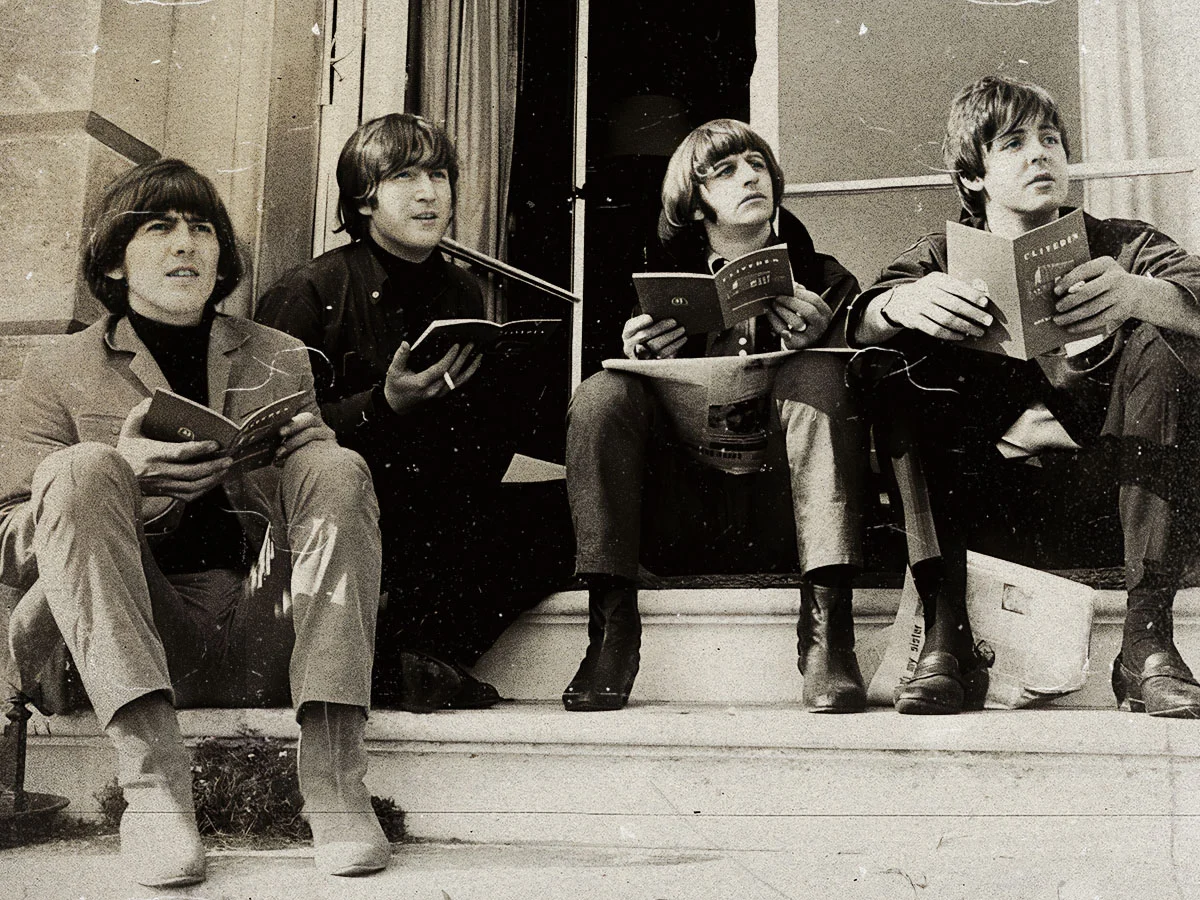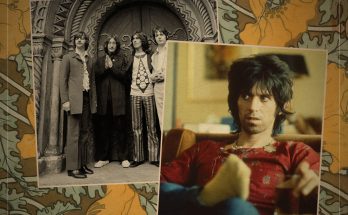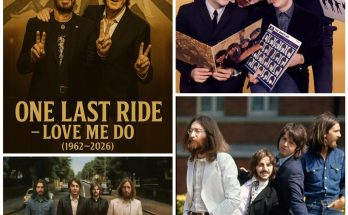One of the trademark sounds of any song by The Beatles is their harmonies. Although there have been many brilliant guitar parts from their classics and a few iconic drum fills, nothing quite gels together until the voice of John Lennon, Paul McCartney, and George Harrison combine to create musical magic.
Then again, those harmonies can be taken for granted, and most fans don’t know it until they aren’t present. Alongside those eharmonies, and the real reason they were allowed to flourish was because of the songwriting, and perhaps most notably the lyrics, which gave them the room to do so.
For the first half of the 1960s, Lennon and McCartney had prided themselves on being brilliant lyricists, with Lennon always providing the snide retort to McCartney’s usual optimism. Although the first half of their career gave way to traditional love songs about depending on one’s significant other, things took a turn when they became a studio band amid the chaos of Beatlemania.
No longer having to recreate the sound of their songs live, The Beatles started to give way to more avant-garde styles of music, crafting songs that were indebted more to studio experimentation than the traditional pop song. After they produced the landmark album Sgt Pepper, they were dealt a heavy blow when their manager, Brian Epstein, passed away.
Having been one of the main forces in bringing them to the top, the band had to regroup once they settled in and contemplated where to go next. Persuaded by McCartney, the band’s next venture would be a feature film, documenting the group going around on a mad bus trip through England, dubbed Magical Mystery Tour.

The record allowed The Beatles to keep on their psychedelic turn and ‘Blue Jay Way’ and ‘I Am The Walrus’ compounds that point to Magical Mystery Tour. Add to that the fact that it also includes ‘Strawberry Fields Forever’, and you have a strong contender to be considered one of the more underrated efforts. But while the single songs on the album can be loved and revered, there’s a strong sense that the LP was cobbled together, which, when compared to the rest of their releases with such strong composition, feels half-hearted.
Though the original soundtrack was only relegated to a short EP in the UK, it contained some of the most experimental music the band had written to date, including McCartney’s reflective ‘The Fool on the Hill’. Between the weird sounds in Harrison’s ‘Blue Jay Way’, The Beatles also gave the world their first and only instrumental, ‘Flying’.
While the band had tried their hand at writing instrumental songs before on tracks like ‘Cry for a Shadow’ before they got signed, this was the first of its kind to create mood music, with a gentle guitar pushing the groove along as different organ flourishes fill out the rest of the sound. Standing at only a minute, the song culminates in every band member lazily singing along to the main melody, with Ringo Starr even heard chanting in the background.
Compared to the other songs on the record, this is easily the most movie-focused, sounding more like a song used to soundtrack a lazy travel sequence as The Beatles make their way to the next visual oddity. Despite the movie being panned by the critics, the band didn’t let it phase them, creating even more forward-looking music with singles like ‘Strawberry Fields Forever’.
Regardless of how it was released, ‘Flying’ did have a renaissance years after the movie was released. As the band entered the 21st century, their own take on the video game Rock Band featured elements of ‘Flying’ in the background menus, enveloping the player in a sense of psychedelia before they played a single note. ‘Flying’ might not be the most inventive song that the band ever made, but this was the first time their music could latch onto the listener without any words behind it.



